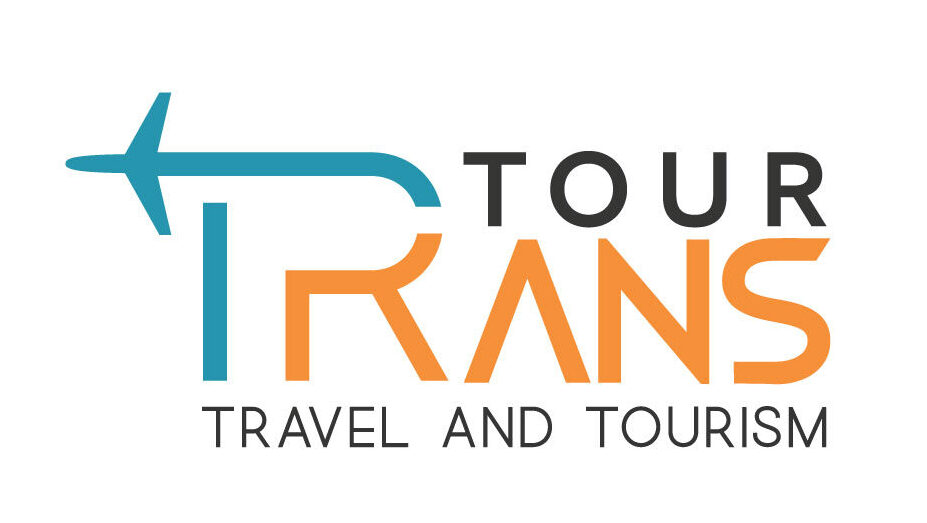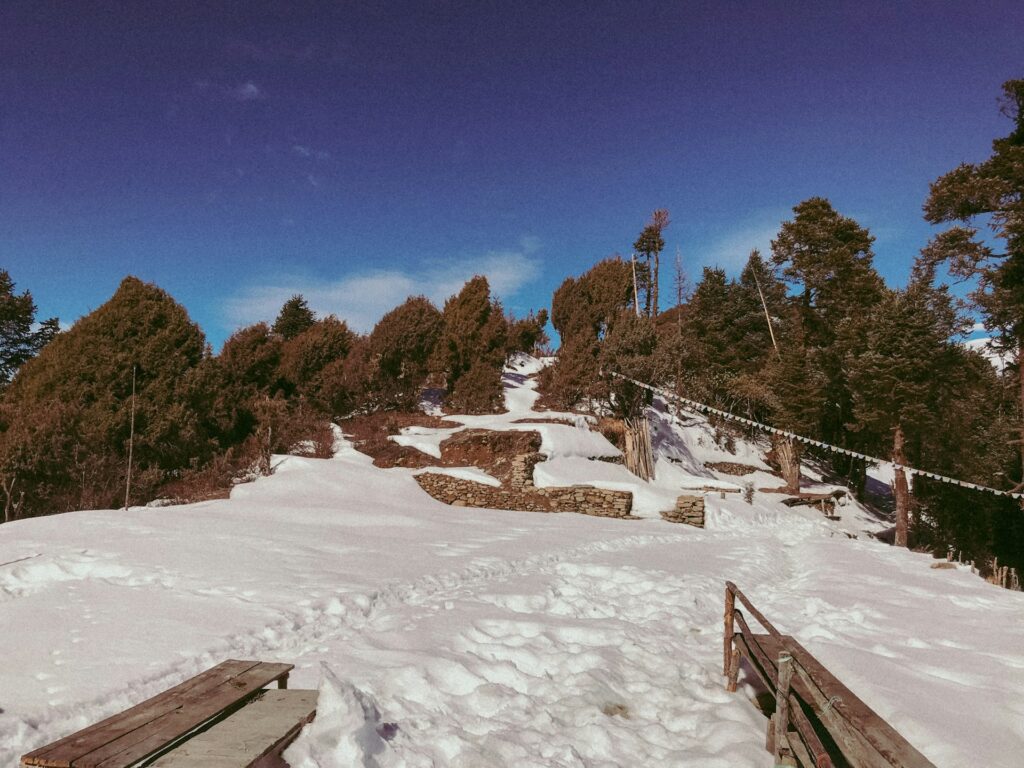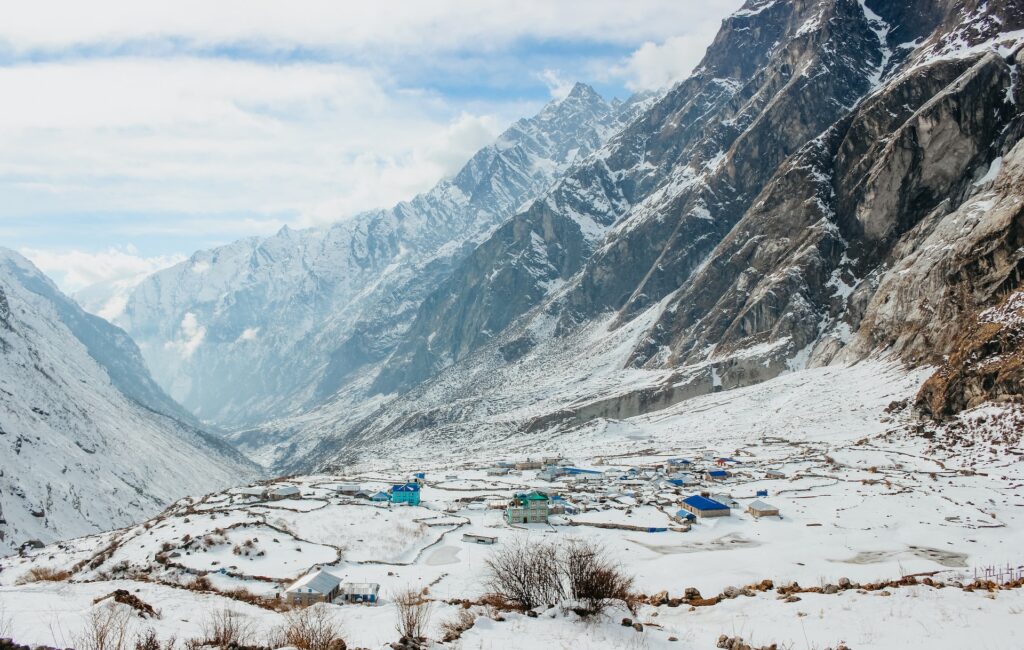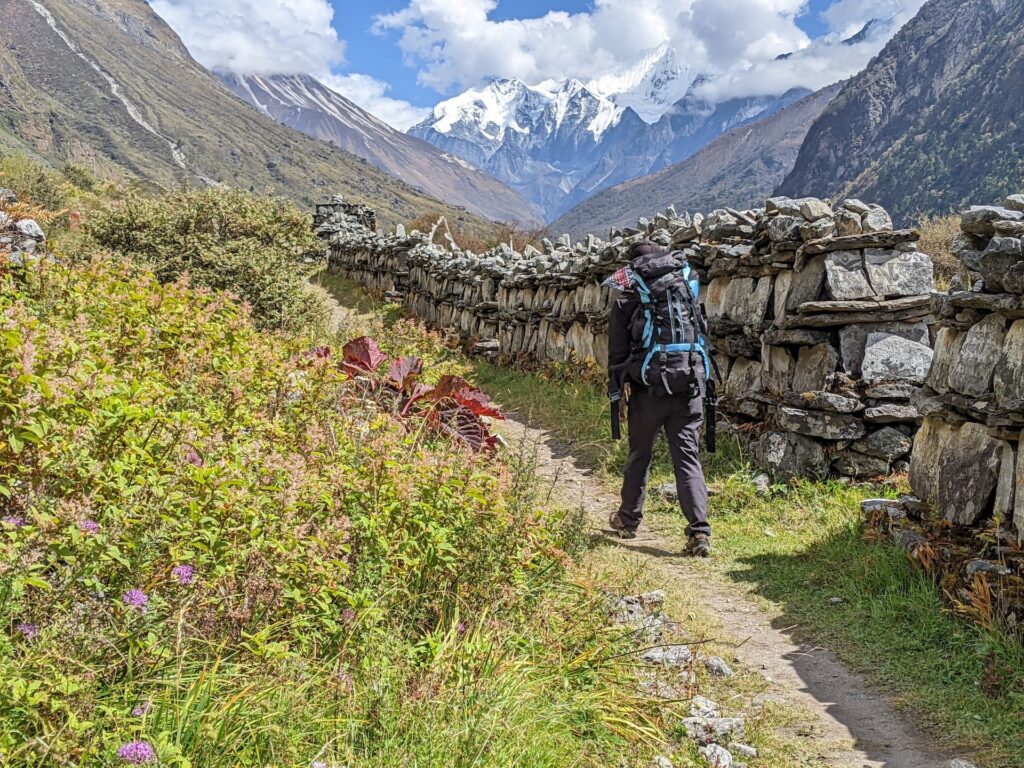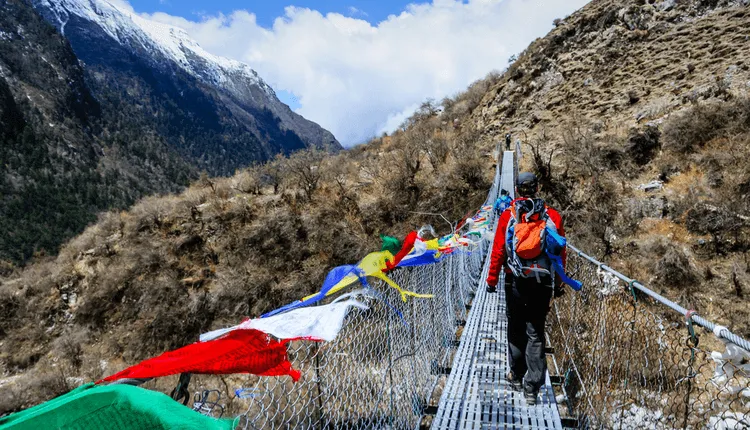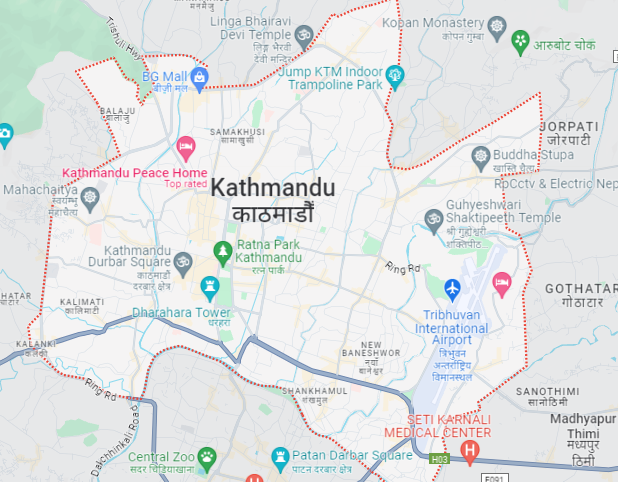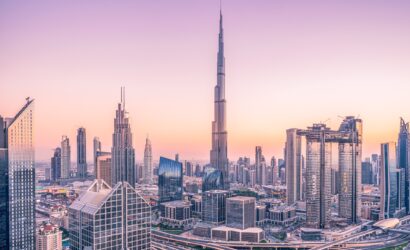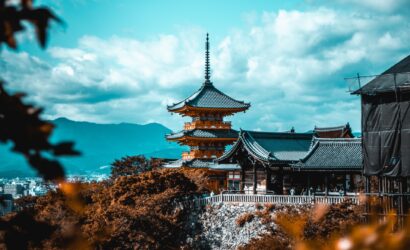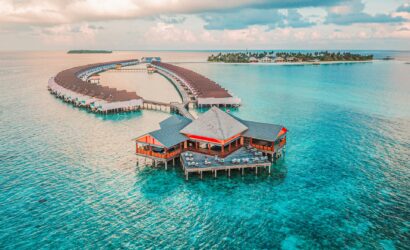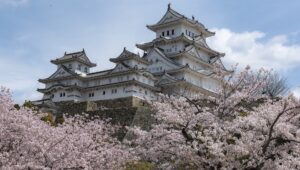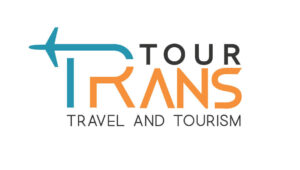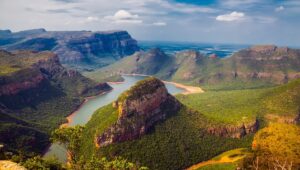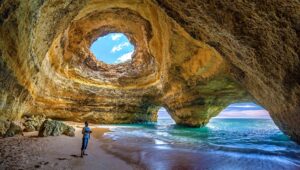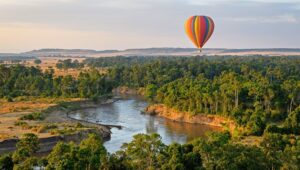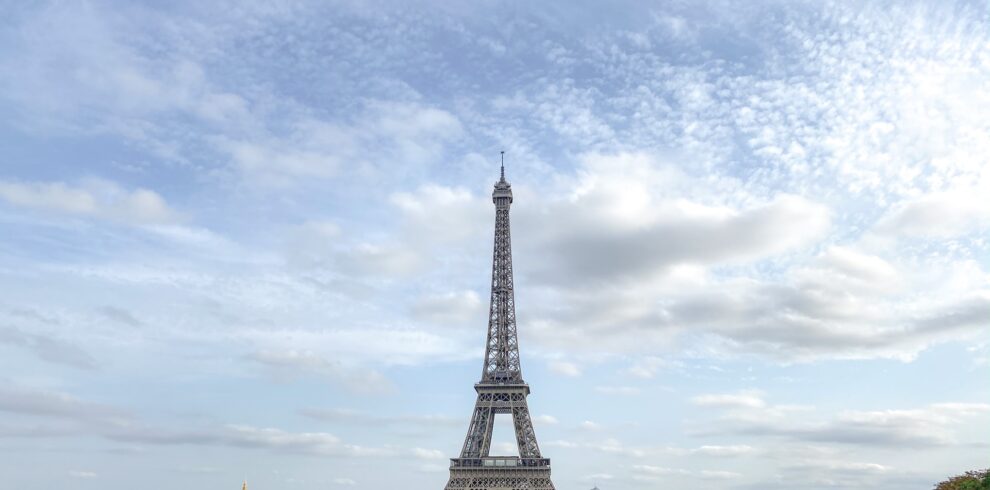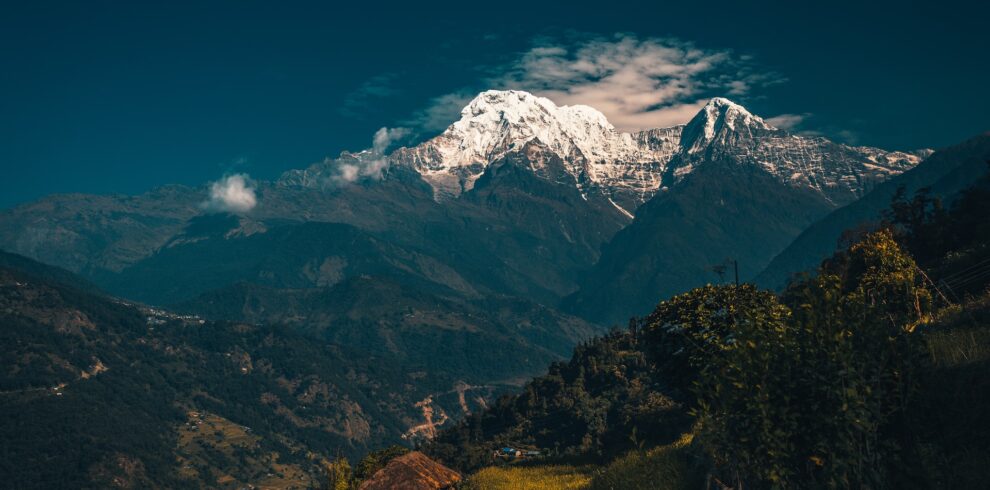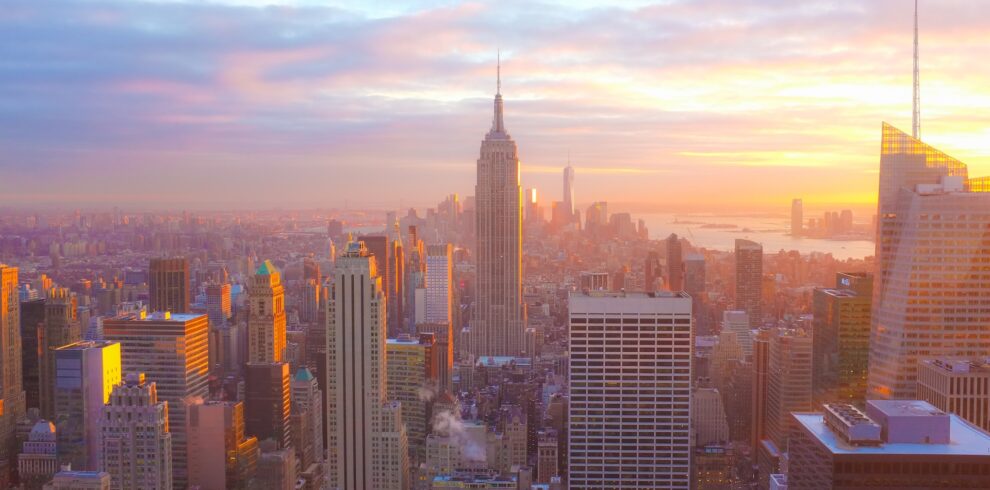Langtang Valley is a beautiful valley to the north of Kathmandu. The area is sparsely populated and the trails are less trodden. This makes this trek a solitary and peaceful experience amidst beautiful nature and traditional settlements. The route itself is relatively easy and doable for most trekkers. Beautiful rice terraces and a number of ancient monasteries are scattered all along the trail.
The valley is believed to have been discovered when a person was looking for his lost yak. It was accurately named Langtang, as in Tibetan language Lang means “yak” and tang means “follow”. With its picturesque landscapes, moderate climate, easy trails and traditional lifestyles, Langtang Valley is really one of the gems of Nepal. Langtang became a national park in 1976, the first Himalayan national park.
This 8-day Langtang Valley trek offers mind-blowing views of mountains above 7,000m like Langtang Lirung (7,200m), Ganesh Himal (7,600m), Shishapangma (8,027m) and more. The trail ascends all the way to the village of Kyanjin Gompa, from where you could attempt the climb to Tsergo Ri (4985m) and Kyanjin Ri (4,779m).
Itinerary
Namaste! We start early in the morning after breakfast and drive up to Syabrubesi. This will take us about 8 hours. We drive along the scenic banks of Trishuli River with beautiful views of valleys, meadows, rivers and mountains. After reaching our destination at an altitude of 1450m, we will check-in to the hotel and spend the night there.
We won’t sit around: the trek for the day starts right after breakfast. At first the trail ascends for a couple hours and takes us to Bamboo village where we will enjoy our lunch. After that we walk on more flat trails with the possibility to see a number of bird species in the area as well as natural beehives hanging on the cliffs. We will then get ready for another steep climb before we finally reach the Lama Hotel. Here we will stay for the night.
A pleasant hike through rhododendron and pine forests takes us to Ghoda Tabela. After our lunch here, we trek into the dense forests and herbs in the area. Another 3 hours hike over a scenic trail finally takes us to Langtang Village where we will spend the night.
Today is an easy 2 to 3 hour hike to visit the Kyangjin Gompa at an altitude of 3817m. The final destination of the trek, the Gompa is a serene and beautiful place that allows us to have the stunning views of Mt. Ganchhenpo and Mt. Langtang Lirung. The yak cheese factory, the monasteries and the traditional local houses are the main attractions of this short excursion.
This day is dedicated to soak up the natural beauty and serenity of the Gompa area. We can enjoy the splendid mountain views as well as relish in the peaceful environment. Another option is to climb up to Tsergo Ri at 4985m and reach the Langtang glacier and the beautiful yak pasture called Langshisha Kharka. This is quite a tough day. We will follow the same trail back to Kyanjin Gompa and spend the night in the same hotel as where we spend the night before.
Today we will enjoy backtracking our steps from Kyanjin Gompa to Rimche. As it is the second last day of the Langtang trek, we will be mostly descending. This makes things a lot easier and more enjoyable.
We keep backtracking our steps through the bamboo and rhododendron forests before we finally reach Syabrubesi. Our hike will take us about 4 to 5 hours. We'll stay in Syabrubesi tonight and enjoy the last dinner together with the guide and the porters. Next day you hop on the bus ride back to Kathmandu.
Early in the morning, after breakfast, we get back into the bus to Kathmandu. We can enjoy the evening traveling around the tourism spots in the capital city or go shopping for souvenirs in Thamel.
